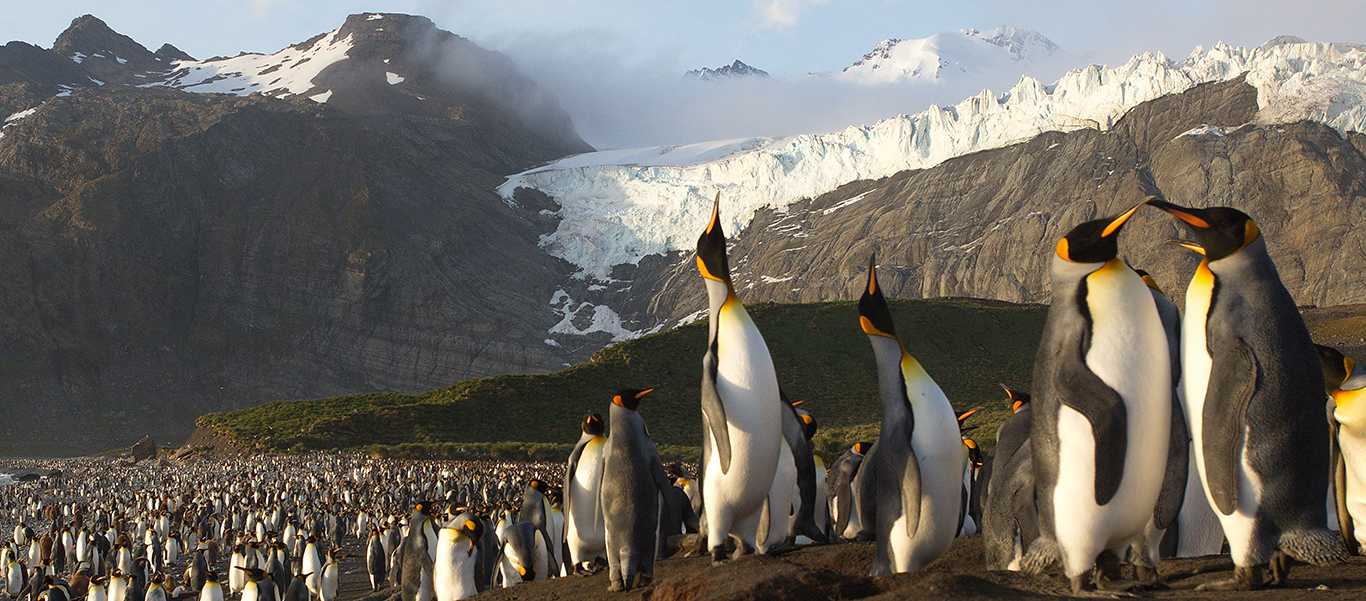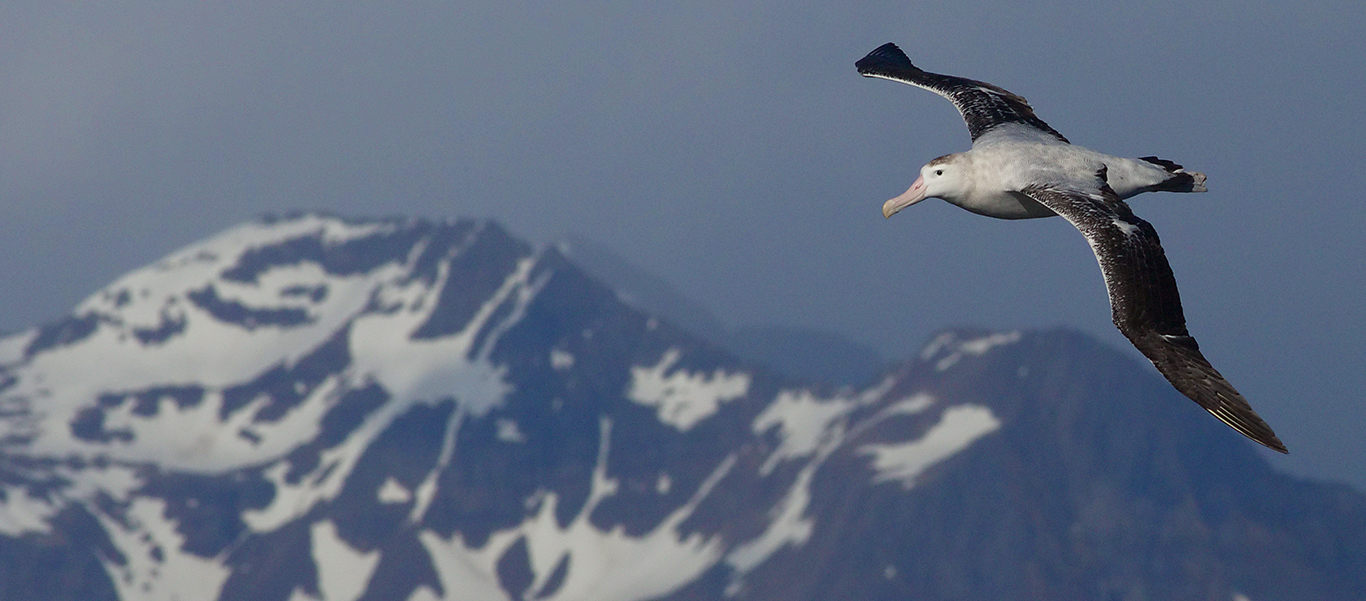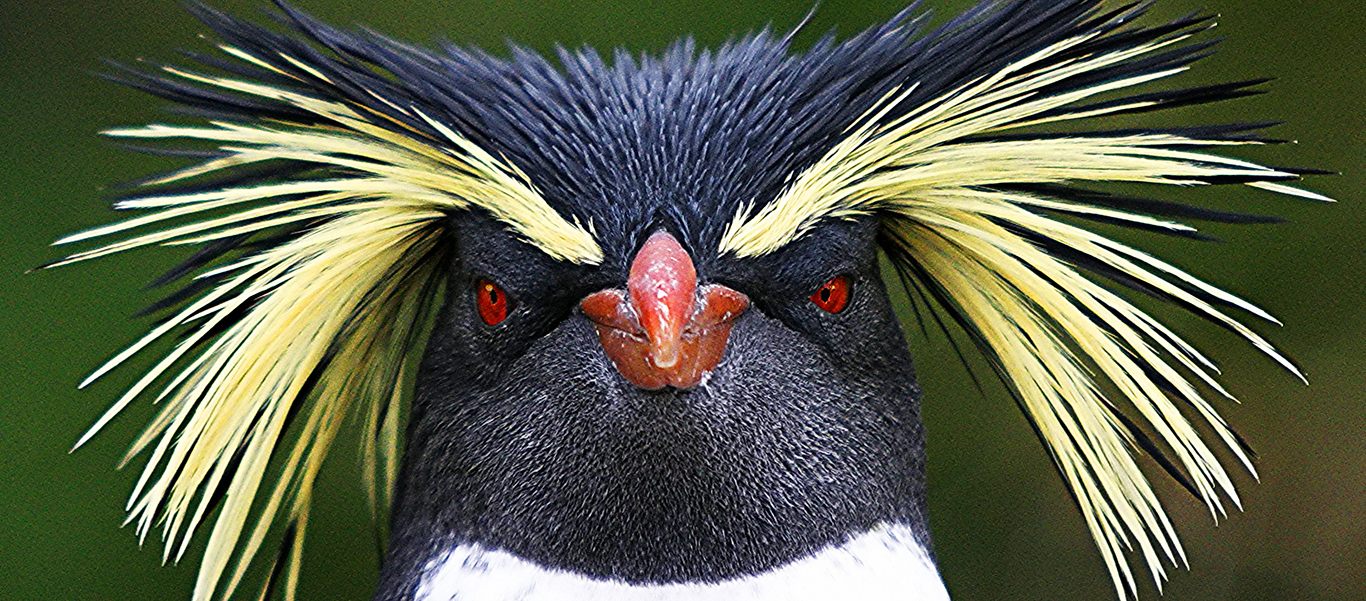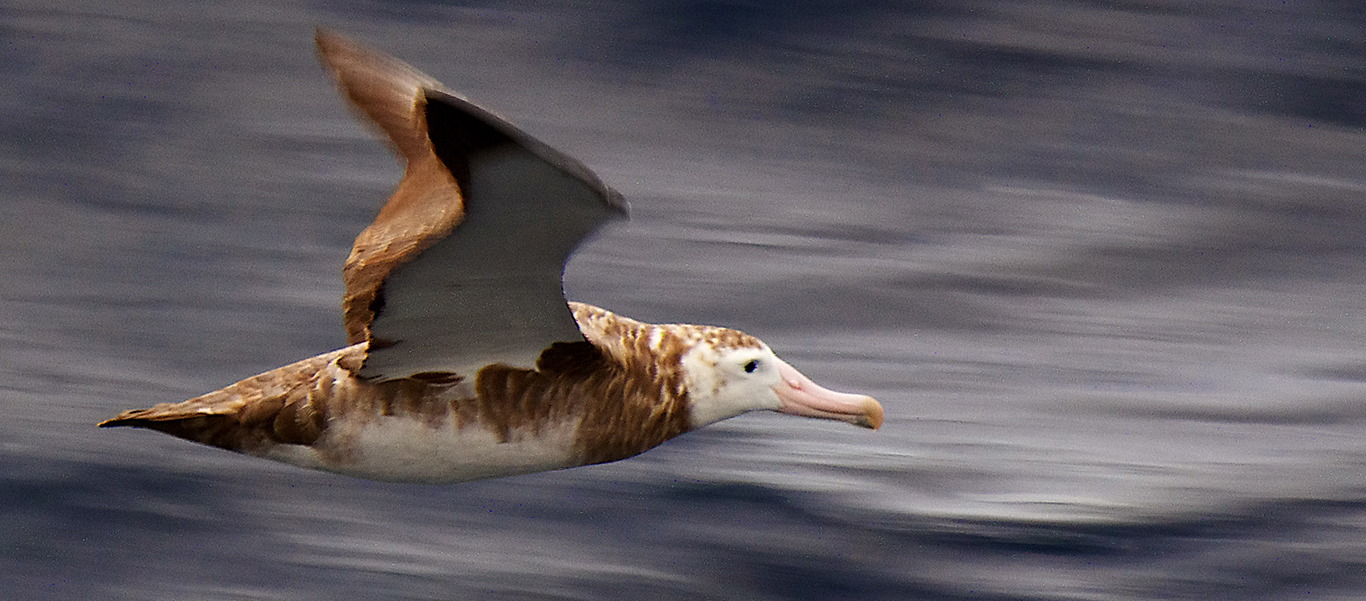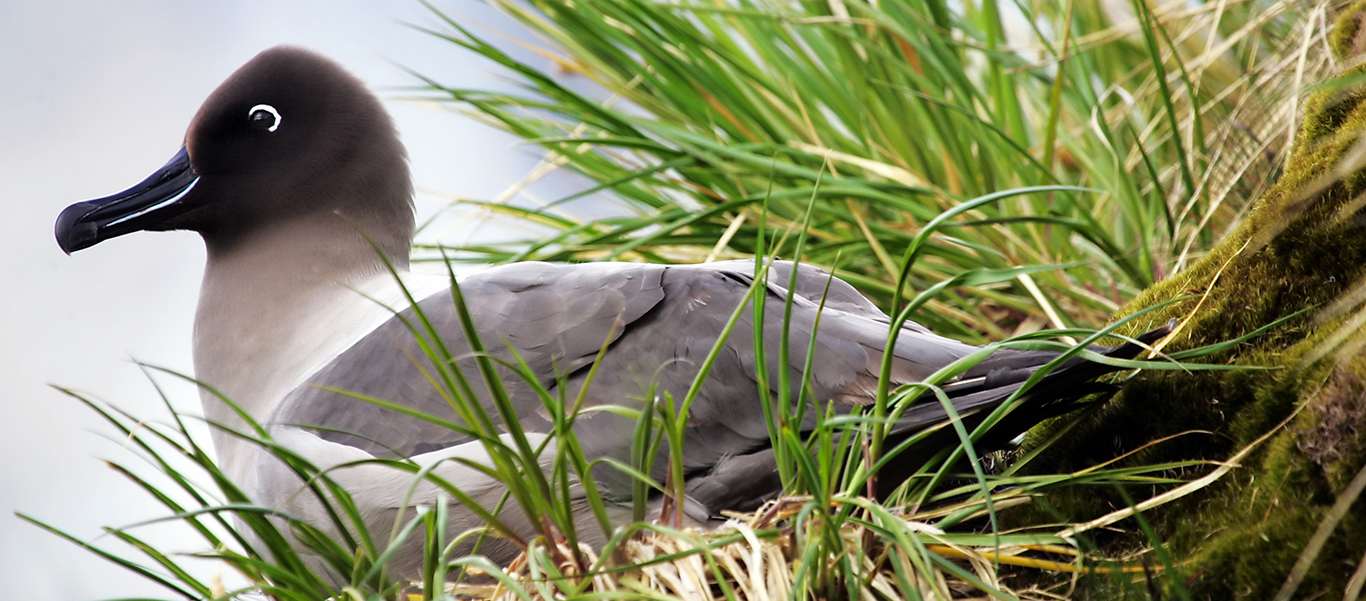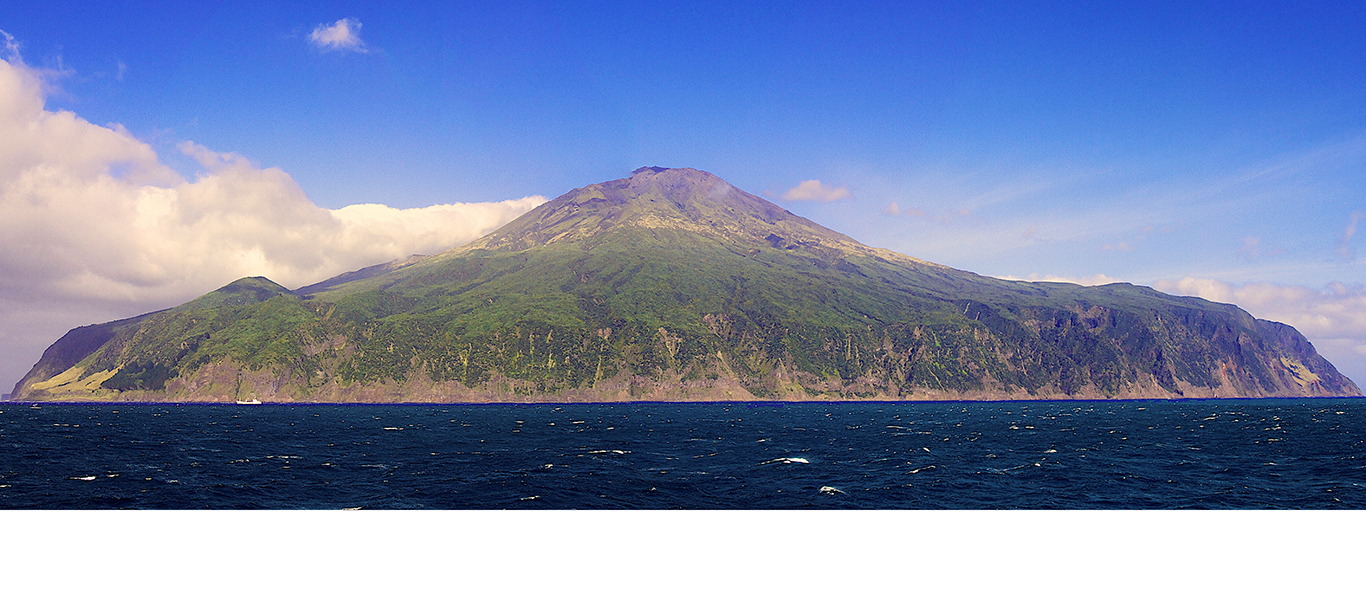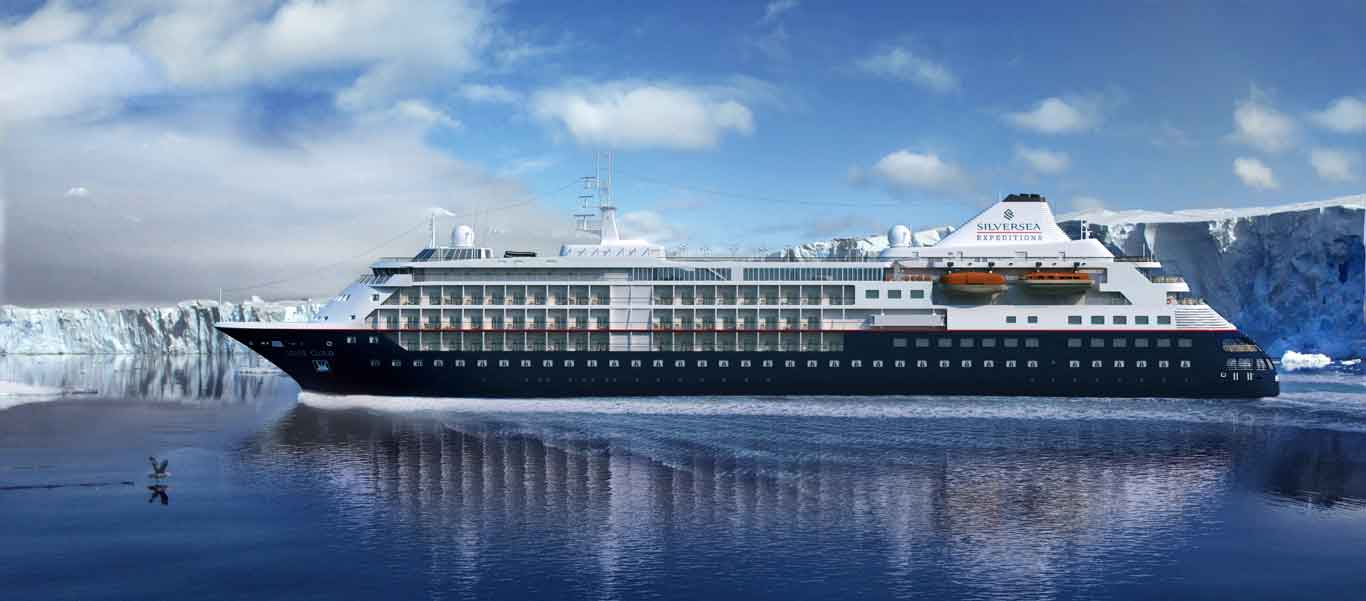Cape to Cape
with South Georgia and Tristan da Cunha Islands
South Georgia and Tristan da Cunha Islands Cruise
We are thrilled to announce the ultimate South Atlantic adventure. This impressive journey sets sail from the seas of Cape Horn, with stops at some of the most rugged and seldom visited destinations on Earth, and ends in Cape Town, South Africa. In addition to the Falkland Islands and South Georgia, the forgotten islands of the South Atlantic include Tristan da Cunha, Gough, and Nightingale Islands. This unforgettable voyage will bring you face-to-face with some of the most impressive concentrations of wildlife on the planet, including eight species of penguin and seven species of albatross. Visit massive albatross colonies in the Falkland Islands, walk amongst hundreds of thousands of King Penguins on majestic South Georgia, and set foot on rugged Tristan da Cunha, home to Northern Rockhopper Penguins and the most remote human community in the world. Travel from Cape Horn to Cape Town with Apex Expeditions on this eye-opening South Georgia and Tristan da Cunha Islands cruise.
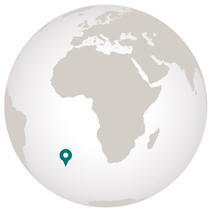
Destinations
- Travel by Air
- Travel by Road
- Travel by Boat
- Travel by Bullet Train
- Travel by Rail
- Travel by Dog Sled
- Day 1
- Day 2
- Day 3
- Day 4
- Day 5
- Days 6 & 7
- Days 8–11
- Days 12–14
- Day 15
- Day 16
- Day 17
- Days 18–21
- Day 22
- Day 23
- Day 24
-
Friday, March 1: Santiago, Chile
Arrive in Santiago, Chile, where you’ll be met and transferred to the Mandarin Oriental Hotel. The afternoon is at leisure with lunch on your own. Relax at the hotel or take the afternoon to explore independently. This stately capital boasts superb museums, fine architecture, and gorgeous hilltop parks that dot the urban landscape. Enjoy a drink and snack at one of the many sidewalk cafés of Barrios Brasil, Lastarria and Bellavista. This evening, meet your fellow travelers and Apex expedition team over drinks and a welcome dinner at the Mandarin Oriental Hotel.
-
Saturday, March 2: Santiago / Puerto Williams / Embark Silver Cloud
In the late morning, transfer to a private terminal and board your charter flight, with a catered lunch onboard, to the southernmost port in the world. Puerto Williams, on the shore of Isla Navarino overlooking the Beagle Channel, is ideally situated to be your jumping-off point. Here you meet your floating home for the next three weeks, the capable and luxurious Silver Cloud. Be sure to be on deck with your binoculars looking out for Imperial Cormorants, South American Sea Lions, Southern Giant Petrels, and your first albatrosses.
-
Sunday, March 3: At Sea
Be out on deck early as you sail toward the Falkland Islands. Seabirds abound here, thousands upon thousands of them ranging in size from diminutive Grey-backed Storm-petrels—birds that can literally fit into the palm of your hand—to Wandering Albatrosses—veritable giants with wingspans in excess of eleven feet. This will be one of the best opportunities to encounter both Northern and Southern Royal Albatrosses—which breed only in New Zealand—together with such South American species as Grey-headed and Black-browed Albatrosses. The onboard lecture series will begin with an introduction to the Falkland Islands and their magnificent wildlife.
-
Monday, March 4: New Island & West Point Island, Falkland Islands
Teetering at the edge of the Antarctic eco-zone, the Falklands’ 800 miles of coastline are home to 63 species of birds, as well as South American Fur Seals and Peale’s and Commerson’s Dolphins. This morning, step ashore at New Island, in the southwest of the archipelago. Witness sea lions lolling on its shores, the world’s largest colony of Thin-billed Prions and the hilariously inquisitive “Johnny Rook,” or Striated Caracara. Five penguin species call the island home, including Kings, with their fiery orange collars. Explore the windswept landscape, littered with shipwrecks and colorful wildflowers. Enjoy a warm welcome and “smoko” custom—towering platters of cakes and biscuits—served up by the locals. Hear tales of less peaceful times, and pay a visit to the battlefields and memorials of the costly 1982 war. This afternoon, visit West Point Island where rolling moorland and steep cliffs make for great photographic opportunities, but the main attraction is the Devil’s Nose, a cliffside colony of Black-browed Albatrosses nesting side-by-side with feisty Rockhopper Penguins. Magellanic Penguins and Magellanic Cormorants can also be found on the island, and the hospitable island managers are always happy to answer your questions and share their stories.
-
Tuesday, March 5: Stanley
Though the Falklands are still disputed territory, culturally they are British through and through. This is immediately evident in Stanley, the Islands’ capital and home to most of their 3,000 inhabitants. Stroll Stanley’s distinctly British-feeling streets, lined with tin-roofed houses, rose gardens, and traditional pubs and visit the 19th-century Anglican cathedral.
-
Wednesday & Thursday, March 6 & 7: At Sea / South Georgia Island
The lecture series continues with presentations by the onboard lecture team, who will introduce the rich history and wildlife of approaching South Georgia Island. Between lectures, join the naturalists out on deck to search for whales, dolphins and a host of seabirds. As you draw ever-nearer to South Georgia, sightings will increase and should include Atlantic, Soft-plumaged and Grey Petrels, and Great and Sooty Shearwaters. The show stealers are usually the strikingly-patterned Pintado Petrels that by now will be your constant companions. Albatrosses too, will be around the vessel and in your wake: Light-mantled, Sooty, Black-browed, Grey-headed, and the largest of them all, the majestic Wandering Albatross. These birds roam the Southern Ocean, a vast, circumpolar water mass, and spend the first seven to ten years of their life at sea without returning to land. They are the most itinerant of all lifeforms. Marine mammals to look for on your approach to South Georgia include Fin, Sei, and Southern Right Whales, as well as Antarctic Fur Seals and Southern Elephant Seals.
Be on deck for the approach to South Georgia on the evening of the second day. An island without equal, with one of the greatest concentrations of wildlife on the planet, it is a small, crescent-shaped island—a little over 100 miles in length—with snow-capped peaks that rise to over 10,000 feet, and with more than 100 glaciers racing to the sea.
Be on deck for the approach to South Georgia, an island without equal, with one of the greatest concentrations of wildlife on the planet. It is a small, crescent-shaped island—a little over 100 miles in length—with snow-capped peaks that rise to over 10,000 feet, and with more than 100 glaciers racing to the sea. Often dubbed “home of the albatross,” no less than four species breed here including the handsome, Light-mantled Sooty Albatross and, largest of them all, the Wandering Albatross.
-
Friday–Monday, March 8–11: South Georgia Island
Flexibility is the key to all successful South Georgia visits, as weather and conditions can change rapidly and without warning. Your expedition team will ensure that your days at South Georgia will be some of the very best of your entire life! Be awe-struck at the numbers of seals, both Elephant and Fur, on the beaches; at the colonies of King Penguins, some approaching 100,000 pairs strong; at the magnificent scenery—the snow-capped mountains, the occasional off-shore iceberg, and broad green bands of Tussac. The concentration of wildlife is astounding and the scenic backdrop is without parallel. For the connoisseur there are also large colonies of Macaroni and Chinstrap Penguins; Snow Petrels and Weddell Seals to photograph; and the world’s most southerly songster to see—the South Georgia Pipit.
Weather depending, visit such well-known sites as Salisbury Plain, St. Andrews Bay, and Gold Harbour, plus a visit to Grytviken for a visit to the gravesite of South Georgia’s most famous visitor, Sir Ernest Shackleton.
-
Tuesday–Thursday, March 12–14: At Sea
The onboard lecture series resumes with recaps on South Georgia and presentations in anticipation of the exciting days ahead at the Tristan da Cunha archipelago. For birders these days at sea, as the bow turns northeast and heads toward the 40th Parallel, will be some of the most exciting of the voyage. As each hour passes, encounter more and more birds that call Tristan and Gough their home. Atlantic, Soft-plumaged and Kerguelen Petrels will be your constant companions as you scour the waves for the endemic Spectacled Petrel and Tristan Albatross. Advanced birders will be looking for Broad-billed Prions, Great-winged Petrels, and White-bellied, Black-bellied and White-faced Storm-petrels.
-
Friday, March 15: Tristan da Cunha
Tristan sits just about halfway between South America and Africa. Its closest neighbor is the island of St. Helena, some 1,200 miles to the north. Tristan’s remarkable volcano is reputed to be about one million years old and soars 6,760 feet above the sea, forming an imposing land mass that looms over the small settlement of Edinburgh of the Seven Seas and its 300 or so inhabitants. This was the site of the 1961 volcanic eruption that forced the evacuation of the island’s entire population for two years. Several options are available today and include a geologist-led walk to St. Mary’s Peak, a visit to the Settlement, which will ensure meetings with the islanders and perhaps even a visit to St. Mary’s School. For the fit and hardy, there will be a walk to the cliffs beneath the islanders’ potato patches where frame-filling encounters with Sooty and Atlantic Yellow-nosed Albatrosses can be enjoyed as they patrol the cliffs, at eye level.
-
Saturday, March 16: Nightingale Island
For many this will be the stand-out highlight of the entire voyage, a chance, weather permitting, to set foot on wild and rugged Nightingale Island—a once-in-a-lifetime experience, and home to most of the world’s Northern Rockhopper Penguin population. Comical and demure, these diminutive penguins have lavish yellow head-plumes and garnet-red eyes and bills. Other species to look for will be the masses of Greater Shearwaters, Little Shearwaters, and Sooty and Atlantic Yellow-nosed Albatrosses. Endemic land birds should include Nightingale Bunting and Tristan Thrush. Of special interest will be to look for the critically-endangered Grosbeak Bunting now reduced to just a handful of birds.
-
Sunday, March 17: Gough Island
Gough Island is a UNESCO World Heritage Site, and while no landings are permitted, pending weather and government permission, Zodiacs will be launched to cruise this rarely-visited island. Gough is an impressive island with 1,400-foot-high cliffs rising sheer out of the ocean like the ramparts of a giant’s castle. The narrow, cobbled beaches are crammed with huge Elephant Seals and frisky Antarctic Fur Seals. Seabirds abound here—millions upon millions of them. On our previous visit we were treated to memorable views of Sooty Albatross perched on grassy cliffs, a swirling maelstrom of Yellow-nosed Albatrosses, giant petrels and Greater Shearwaters. Spectacled Petrels soared over us, and White-bellied Storm-petrels danced on the water around our Zodiacs. Several Gough Buntings were seen in the shoreline vegetation, and the endemic Gough Moorhens were easily seen scavenging around the Northern Rockhopper Penguin colonies. For the seabirders, however, the endangered Tristan Albatross was bird of the day.
-
Monday–Thursday, March 18–21: At Sea
After the excitement of landings in the Tristan Archipelago, the lecture team will recap the experiences and complete the onboard lecture presentations, as you head towards the Cape of Good Hope and the continent of Africa. Join the team of naturalists on deck as they share their excitement and enthusiasm for the surrounding ocean life. Wake companions will include several species of albatross with a host of now-familiar petrels and shearwaters.
-
Friday, March 22: Walvis Bay, Namibia
Be out on deck as we approach Walvis Bay, the only natural harbor along the entire Namibian coast. Choose from a variety of exploration options today. The small but charming town can be explored on foot, with the local museum highlighting the region’s cultural history alongside collections of gemstones, minerals and fossils. Explore the waters around Pelican Point and observe the bustling seal colony while keeping watch for pods of endemic Heaviside’s Dolphins. Further afield are the vast dune fields Namib-Naukluft National Park, home to fascinating desert-adapted flora and fauna.
-
Saturday, March 23: Walvis Bay / Disembark / Cape Town
After breakfast, disembark the Silver Cloud and transfer to Walvis Bay Airport for your flight to Cape Town. On arrival you’ll be met and transferred to The Capital 15 On Orange Hotel. Gather this evening for a farewell dinner and toast to celebrate our remarkable journey across the Atlantic. Overnight at The Capital 15 On Orange Hotel.
-
Sunday, March 24: Cape Town / Depart
After breakfast, transfer to the airport for homeward flights or onward travels.

